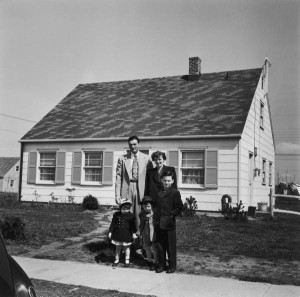There is some evidence that after five years the housing industry is showing signs of recovery. The sixty-four-thousand-dollar question is what form the recovery will take. It all depends on who you listen to. Those who believe that economic recovery will be spear-headed by consumer spending, see us going back to business as usual, that is, expanding the homeownership rate, and building as many large houses as the market will allow. New Urbanists, on the other hand, see the recession as a wake-up call and foresee a return to denser communities. Others see the increase in rental housing as a harbinger of a new Age of Tenants. Advocates of small houses see, well, more small houses. The problem is that most of this is wishful thinking; the truth is that we don’t know whether the housing recession was a correction or a game-changer. My own guess is that Americans’ appetite for large single-family houses on their own lots will not diminish. At the same time, the willingness to take risks will be curtailed, and I would expect that ex-urban housing, far from city centers will be less attractive, in lieu of infill housing in established communities. A lot will depend on how quickly the economy recovers. If high unemployment and low wages drag on for another five years, that will mean that many young families will have been tenants for a full decade—that’s long enough to break the homeownership habit, especially if you can’t afford it anyway. But that’s only a guess.

Levittown, NY, 1948


Trackbacks/Pingbacks